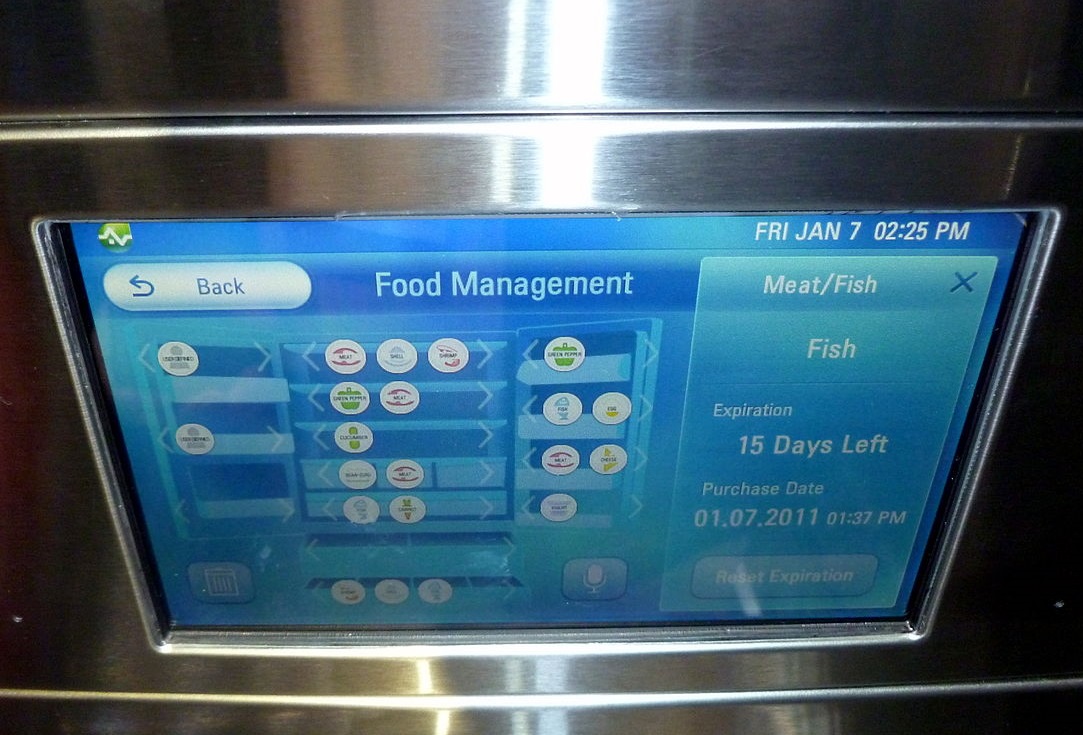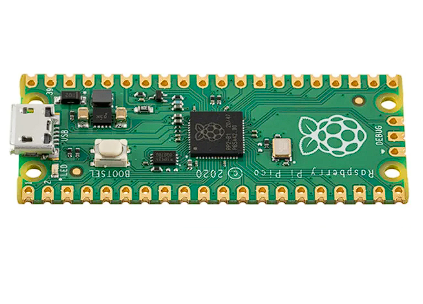

Embedded devices, also known as embedded systems or embedded systems devices, are specialized computing systems designed to perform dedicated functions or tasks within a larger system or application.
These devices are integrated into various products, machinery, and systems to control, monitor, or manage specific functions. Embedded devices are typically low-profile and designed for efficiency and reliability.
Embedded devices

Microcontrollers are at the core of many embedded devices, providing the processing power and control needed to perform specific tasks or functions in a wide range of applications.
Embedded devices use microcontrollers due to their compact size, low power consumption, and cost-effectiveness.
Common microcontrollers include the Raspberry Pi, Arduino and Microbit.
Microcontroller
Embedded devices are engineered to perform a specific, predetermined function or set of functions. They are not general-purpose computers but are designed for specialized tasks.
These devices are often resource-constrained in terms of processing power, memory, and storage. They are optimized for power efficiency and cost-effectiveness.
Embedded systems must operate reliably in their intended environment, often with minimal human intervention. They are designed to withstand extended periods of operation without failures.
Many microcontrollers are used in real-time systems where they must respond to inputs and execute tasks within specified timeframes.
Which of the following is NOT a characteristic of embedded devices?
Devices like the Nest Thermostat and ecobee use embedded systems to control heating, ventilation, and air conditioning (HVAC) systems. They can learn user preferences and adjust temperatures for energy savings.
Embedded devices in smart light bulbs, switches, and controllers allow homeowners to remotely control and automate lighting, adjusting brightness and color, and even integrating with voice assistants.
Devices like Amazon Echo and Google Home serve as centralized hubs for controlling various embedded devices in the home, such as lights, locks, and thermostats.
Embedded systems in security cameras, doorbell cameras, and motion sensors enable homeowners to monitor and secure their properties through remote access and alerts.
Which of the following is an example of an embedded system?